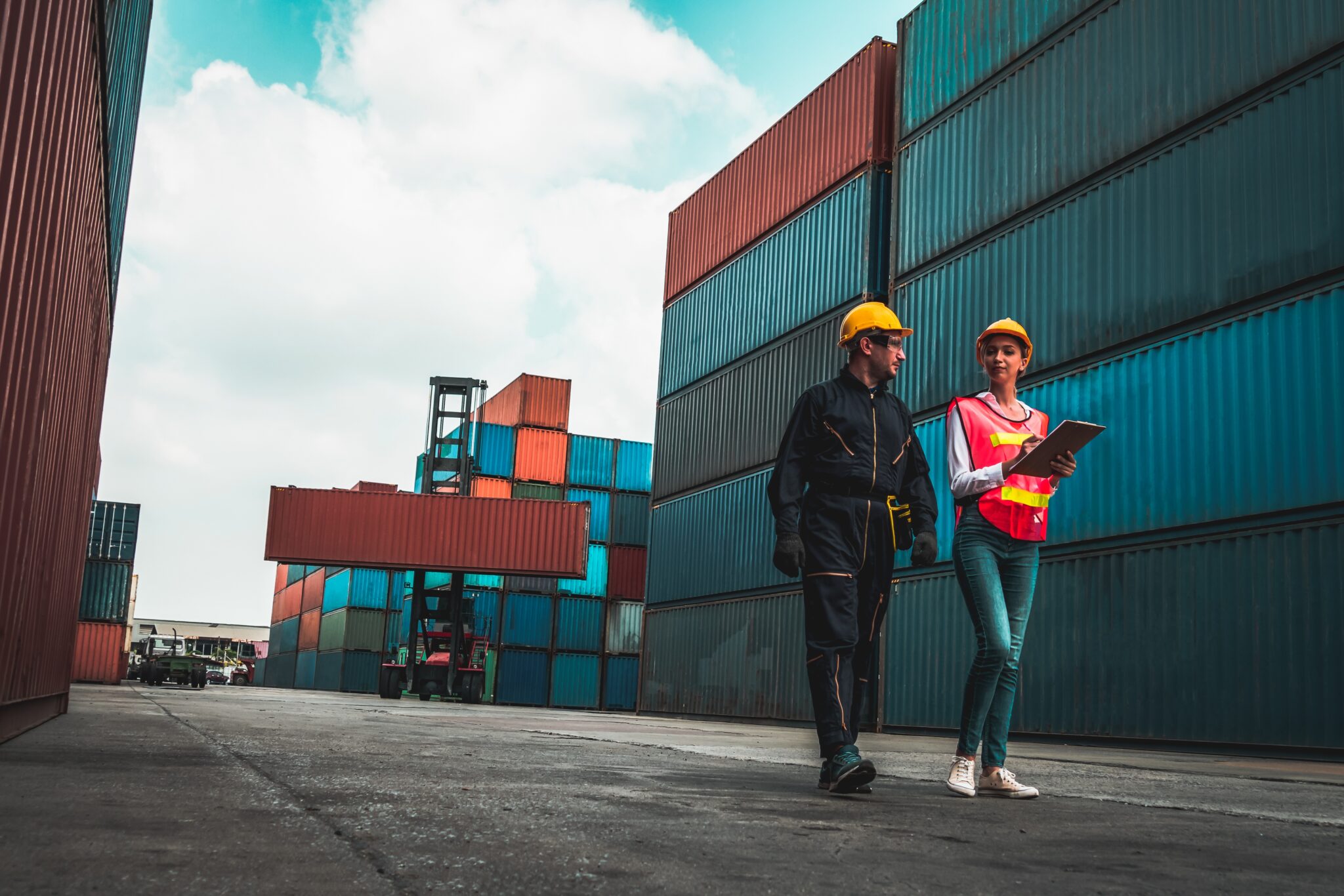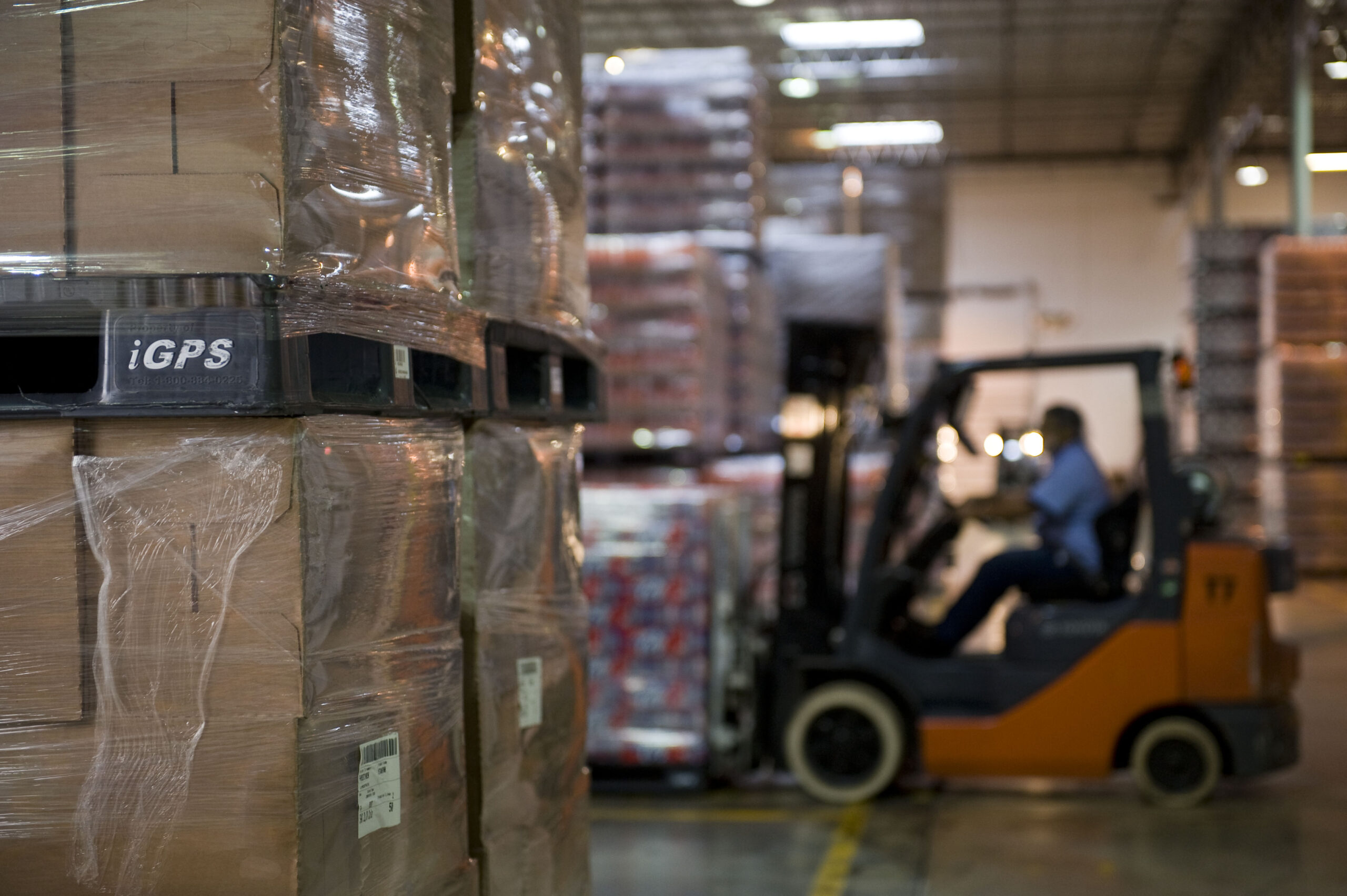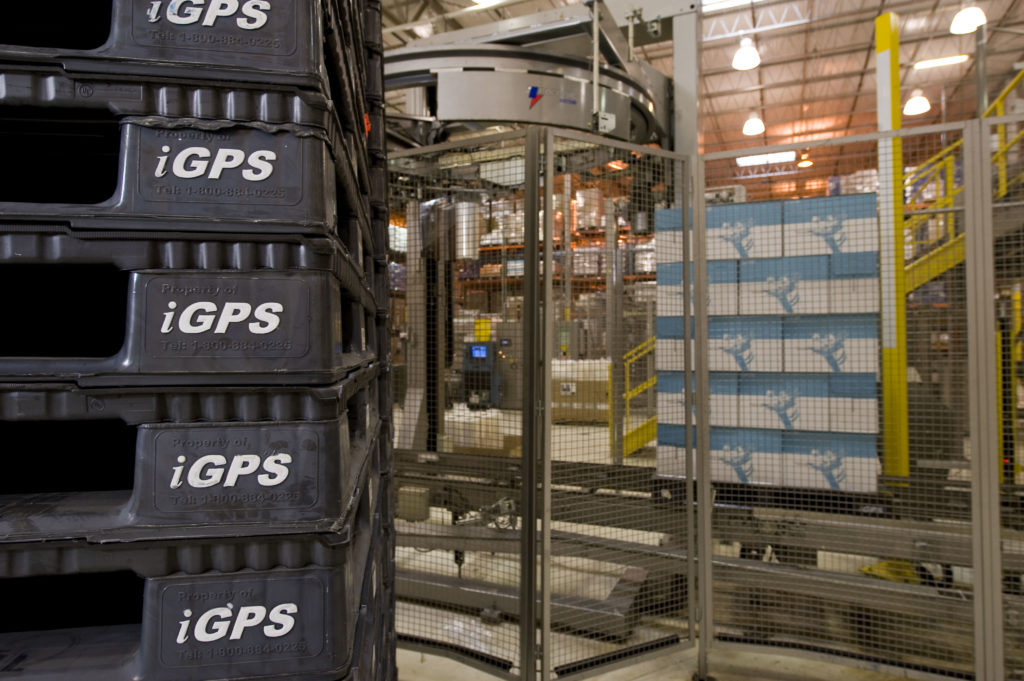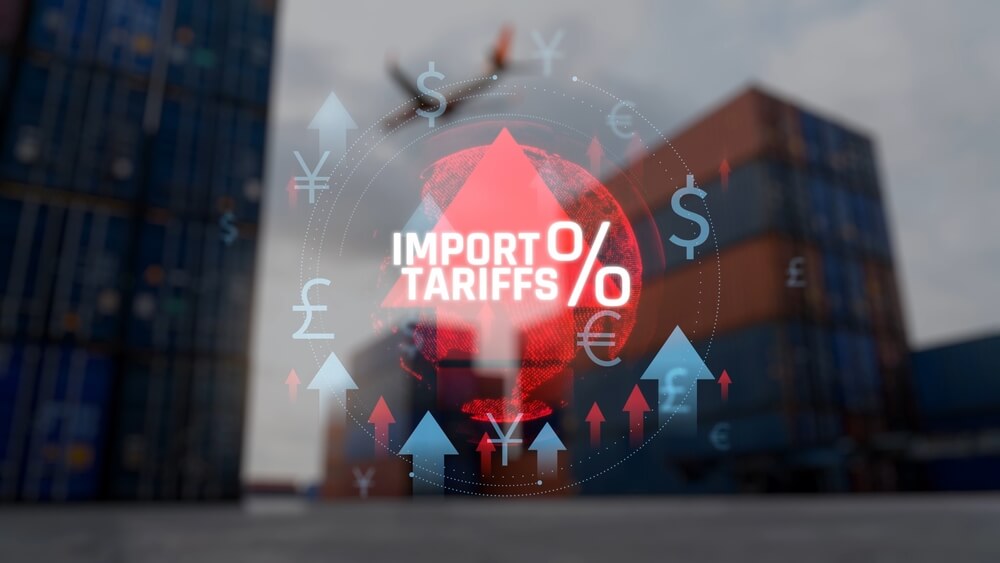Key Takeaways
- Five years after the onset of the Covid-19 pandemic, the supply chain has undergone a significant transformation.
- There has been a stronger push toward enforcing ethical practices and workers rights.
- New advancements in automation have also hastened the evolution of the supply chain, but have raised concerns about upskilling and job displacement.
- Environmental sustainability also remains a key priority for modern supply chain managers.
- The landscape creates key challenges, but also opportunities for organizations that strike the right balance.
As we mark the fifth anniversary of the onset of the Covid-19 pandemic, it would be an understatement to say that the global supply has undergone a significant and fundamental transformation. This evolution has been influenced not only by rapid advancements in automation and other technologies, shifting geopolitical dynamics, and changes in consumer demands and behaviors, but also by a swiftly changing labor landscape. New laws, as well as new approaches and attitudes about the future of work, have compelled organizations of every size to reassess their operations and identify new ways to ensure ongoing compliance, sustainability, and business resilience.
Stronger Labor Rights and Ethical Practices
A notable trend in recent months and years has been a national and worldwide push toward enforcing workers’ rights. Various governments have implemented more stringent regulations to ensure ethical labor practices. The European Union, for example, introduced the Corporate Sustainability Due Diligence Directive (CSDDD), which mandates enterprises to identify and take steps to mitigate human rights abuses within their supply chains, thus enabling the promotion of more ethical sourcing.
Prior to this, in 2021, the United States enacted the Uyghur Forced Labor Prevention Act into law due to links to forced labor in certain regions of China. Companies importing goods must provide evidence that their supply chains are free from human rights violations.
Technological Advancements and Automation
As the e-commerce industry and demand for rapid delivery have surged, automation has proliferated within supply chains, with increased reliance on technologies such as robotics and artificial intelligence. The market for supply chain automation technology is projected to balloon to $55 billion by 2030.
But the increasing shift towards a more automated supply chain presents its own workforce-related challenges. Automated technology that performs manual tasks previously reserved for humans can reduce operational costs and also alleviate labor shortages, but it also raises concerns about job displacement and the investments needed to reskill workers. Finding the right balance between technological advancement and the need to provide livelihoods for communities is essential to sustainable development.
Geopolitical Factors and Labor Movements
Still other factors that have significantly impacted supply chain operations are evolving trade policies and simmering geopolitical tensions. Tariffs and restrictions on trade have led enterprises to carefully reevaluate their sourcing strategies, and vulnerabilities exposed by the pandemic have led to reassessments of supplier relationships and dependencies on specific regions. Discussions around reshoring and nearshoring manufacturing operations have accelerated, but higher production costs and capacity limitations make large-scale shifts to domestic manufacturing a challenge.
Also playing a pivotal role in reshaping supply chain dynamics are recent labor movements. An October 2024 strike of 47,000 port workers across the United States related to issues around wages and the implementation of automation was the first of its kind in nearly 50 years. And a railroad labor dispute, resolved in 2022 through congressional intervention, further underscored the importance of addressing worker concerns to prevent disruptions in the delivery of essential services.
Environmental Sustainability Initiatives
In recent years, environmental considerations have been at the forefront of effective supply chain management. New regulations introduced by the Securities and Exchange Commission (SEC) in March 2024 require public companies and those in public offerings to disclose key climate-change risks related to their business operations. Other countries, such as Australia, have also introduced mandatory greenhouse gas emission reporting laws designed to promote sustainability and align with international climate reporting standards. These regulations are designed to push companies to adopt sustainable practices, which includes sourcing materials from environmentally friendly suppliers, making key investments in renewable energy sources, and reducing fuel consumption by optimizing transportation routes. Not only does embracing sustainability create a greener planet, but it also meets growing consumer demand for enterprises to operate in an environmentally responsible and ethical manner.
Key Challenges — and Opportunities
This dramatically evolving labor landscape presents a mix of challenges and opportunities for supply chain managers. Compliance with labor laws and greenhouse gas emission reporting requires transparent reporting mechanisms and robust company-wide due diligence processes, as well as investments in technologies that provide real-time visibility into supply chain risks.
Cultivating more collaborative supplier relationships is also essential to success. Enterprises must engage in responsible sourcing practices and shared decision-making to ensure that their supply chains remain stable while adhering to ethical standards. This also facilitates stronger supply chain resiliency and risk management.
All of the above must be managed while navigating increasingly complex regulatory environments and taking steps to preserve brand reputations under the scrutiny of fickle, discerning consumers. But companies that best adapt to the evolving demands of the global market, contributing positively to the environment and taking proper care of their workforce, will set themselves up for long-term success.
Frequently Asked Questions
What are key supply chain labor laws?
Key supply chain labor laws include the Fair Labor Standards Act (FLSA), which mandates minimum wage and overtime pay, and the Occupational Safety and Health Act (OSHA), which ensures workplace safety. The National Labor Relations Act (NLRA) protects workers’ rights to organize, while laws like the Trade Facilitation and Trade Enforcement Act prohibit forced labor in supply chains.
What is labor management in the supply chain?
Labor management in the supply chain involves overseeing workforce operations to ensure efficiency, compliance, and productivity. It includes scheduling, performance tracking, safety enforcement, and training. Effective labor management balances cost control with worker well-being, leveraging technology like workforce management systems to optimize staffing levels and ensure adherence to labor laws and company policies.
What are key supply chain labor risks?
Key supply chain labor risks include worker shortages, regulatory non-compliance, and unethical labor practices such as child or forced labor. Other risks involve workplace safety violations, wage disputes, and disruptions from labor strikes. Companies must also mitigate risks related to subcontracting and outsourced labor, which can introduce compliance issues and reputational damage if not properly managed.
Enterprises focused on improving their labor practices choose durable, lightweight iGPS plastic pallets for their shipping needs. iGPS pallets are lighter and safer for workers, without protruding nails and splinters. For more information, contact us at 1-800-884-0225, email a specialist at switch@igps.net, or visit our contact page.



